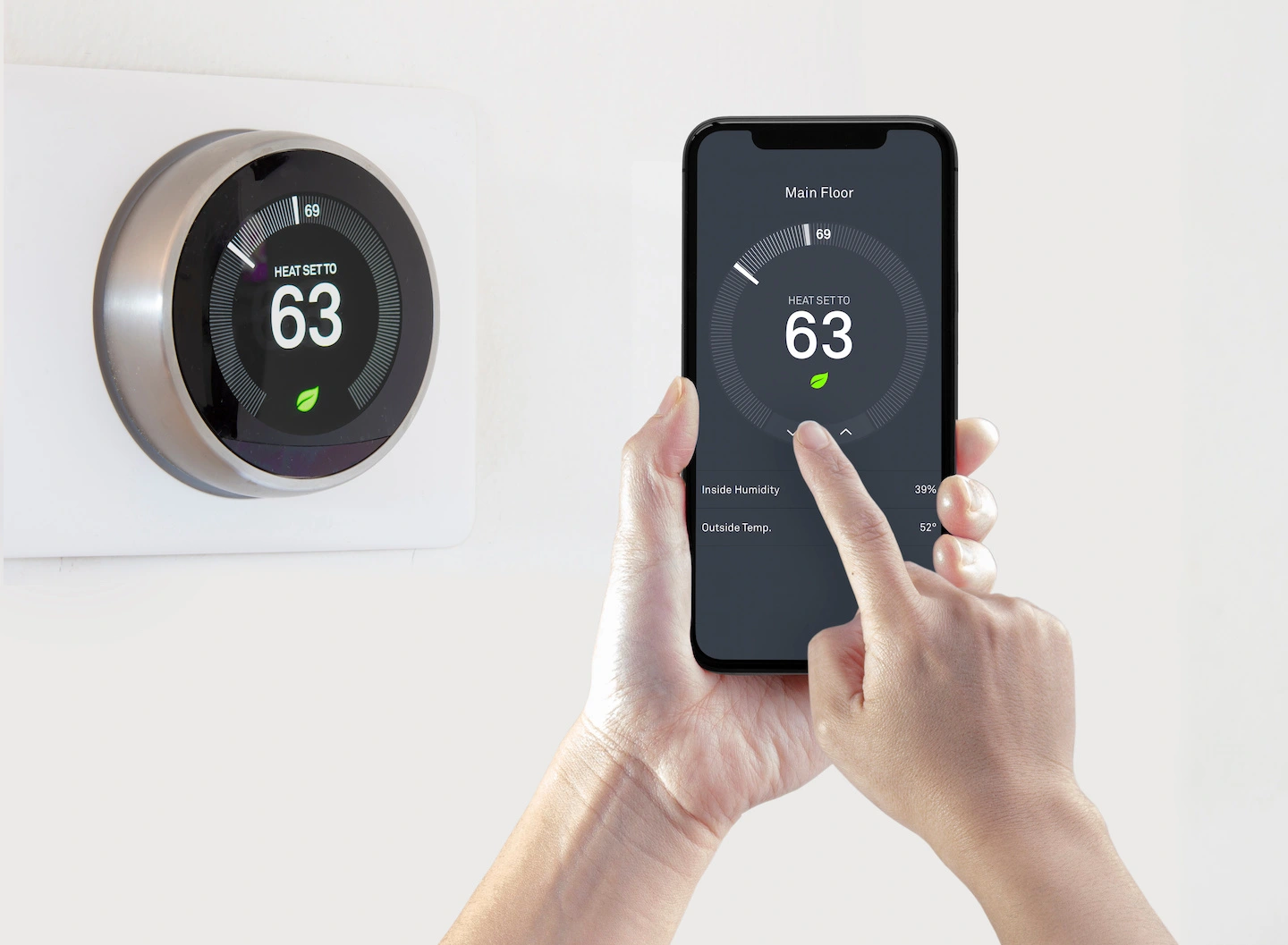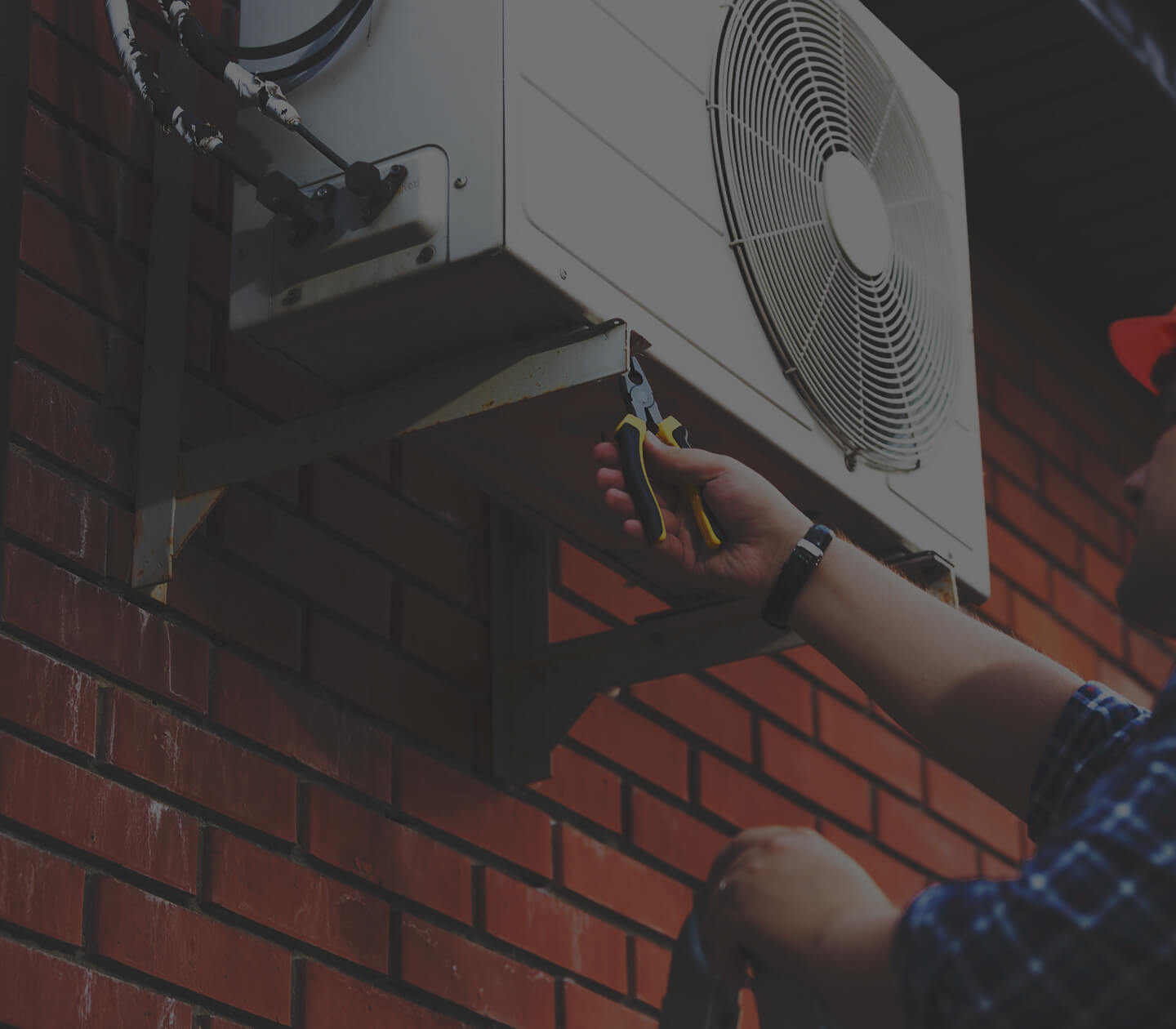Key takeaways:
- SEER ratings play a crucial role in determining the energy efficiency of HVAC systems.
- The introduction of SEER2 ratings (see minimum seer rating 2023) signifies an advancement in efficiency standards.
- Austin homeowners should prioritize SEER ratings when considering HVAC system upgrades or replacements.
For homeowners, paying attention to SEER ratings can lead to long-term cost savings and environmental benefits. Investing in a high-efficiency HVAC system not only improves comfort but also adds value to the home and reduces carbon footprint.

SEER Ratings are Changing
In recent years, there has been a significant shift towards more energy-efficient HVAC systems. This change is driven by a growing awareness of environmental concerns and the desire to reduce energy consumption. As part of this shift, regulatory bodies have introduced updated standards, including the implementation of SEER2 ratings.
Minimum SEER Rating 2023
The new minimum SEER (Seasonal Energy Efficiency Ratio) ratings, which came into effect in 2023, make a significant change in HVAC efficiency standards. The updated regulations introduced the SEER2 standards, raising the minimum efficiency require3d for HVAC systems by 8-10%, depending on the type and size of the equipment. Specifically, residential split-system air conditioners must now have a minimum SEER2 rating of 14.3 in the South and Southwest regions and 13.4 in the North. Additionally, all heat pumps nationwide must meet a minimum SEER2 rating of 14.3 These changes aim to reduce energy consumption and environmental impact, ensuring that HVAC systems are more efficient and sustainable.
What does SEER and SEER2 rating mean?
SEER, or Seasonal Energy Efficiency Ratio, is a measure of the cooling efficiency of an HVAC system over a typical cooling season. Essentially, it indicates how much cooling a system can provide per unit of energy input. The higher the SEER rating, the more efficient the system is.
SEER2 ratings represent an enhancement of the SEER system, reflecting even higher levels of energy efficiency. These updated ratings take into account factors such as improved technology and more rigorous testing procedures to provide a more accurate assessment of a system’s efficiency.
Why should I care about my HVAC SEER ratings?
Understanding the SEER rating of your HVAC system is essential for several reasons. Firstly, a higher SEER rating indicates lower energy consumption, resulting in reduced utility bills. Additionally, energy-efficient systems are better for the environment, contributing to sustainability efforts.

What should I do if my existing unit doesn’t follow the new guidelines?
If your current HVAC system does not meet the updated SEER standards, there are still steps you can take to improve efficiency. Regular AC maintenance and tune-ups can optimize performance and prolong the lifespan of your system. Start by scheduling seasonal inspections with a certified HVAC technician who can identify and fix any issues before they become major problems. Routine tasks such as cleaning or replacing air filters, checking for refrigerant leaks, and ensuring that all components are functioning correctly can make a significant difference in your system’s efficiency.
Additionally, consider installing programmable thermostats and advanced control systems to better manage your energy usage. These smart technologies can help maintain optimal temperatures while minimizing energy waste when heating or cooling isn’t necessary. Insulating your home and sealing any air leaks can also enhance your HVAC system’s performance, reducing the workload on the unit and thereby improving its efficiency.
What should I do if I need a replacement system?
If you find yourself in need of a replacement AC system, it’s crucial to conduct thorough research and consider various factors before making a decision. Start by assessing your home’s heating and cooling needs, taking into account factors such as square footage, insulation, and regional climate. Next, consult with a reputable HVAC contractor who can provide expert advice and recommend suitable options based on your requirements and budget.
Consider factors such as energy efficiency, SEER ratings, warranty coverage, and upfront costs versus long-term savings. Additionally, inquire about financing options and any available rebates or incentives for energy-efficient upgrades. By taking a proactive approach and seeking guidance from professionals, you can ensure that you invest in a replacement system that meets your needs and maximizes energy efficiency.
If you find yourself in need of a replacement HVAC system, it’s crucial to conduct thorough research and consider various factors before making a decision. Start by assessing your home’s heat
Carrier HVAC Products
When it comes time to replace your HVAC system, you have a variety of options to consider. One excellent choice is opting for Carrier products known for their energy efficiency and compliance with SEER ratings. Carrier offers a range of high-quality, eco-friendly solutions designed to meet the latest efficiency standards. Their innovative technology and commitment to sustainability make them a top choice for homeowners looking to upgrade their HVAC systems. For more information about the best AC units, read our air conditioning product guide.

Let TemperaturePro Austin Help You Stay Efficient!
SEER ratings are a vital factor to consider when evaluating HVAC systems. By understanding and prioritizing SEER ratings, homeowners can make informed decisions that benefit both their wallets and the environment. At TemperaturePro Austin, we’re here to help you navigate the confusing space of HVAC efficiency. With professional maintenance, repair, and installation services, we can help ensure your cooling system keeps you comfortable throughout the summer, while finding ways to minimize your monthly energy bills. Call or request an appointment today!


